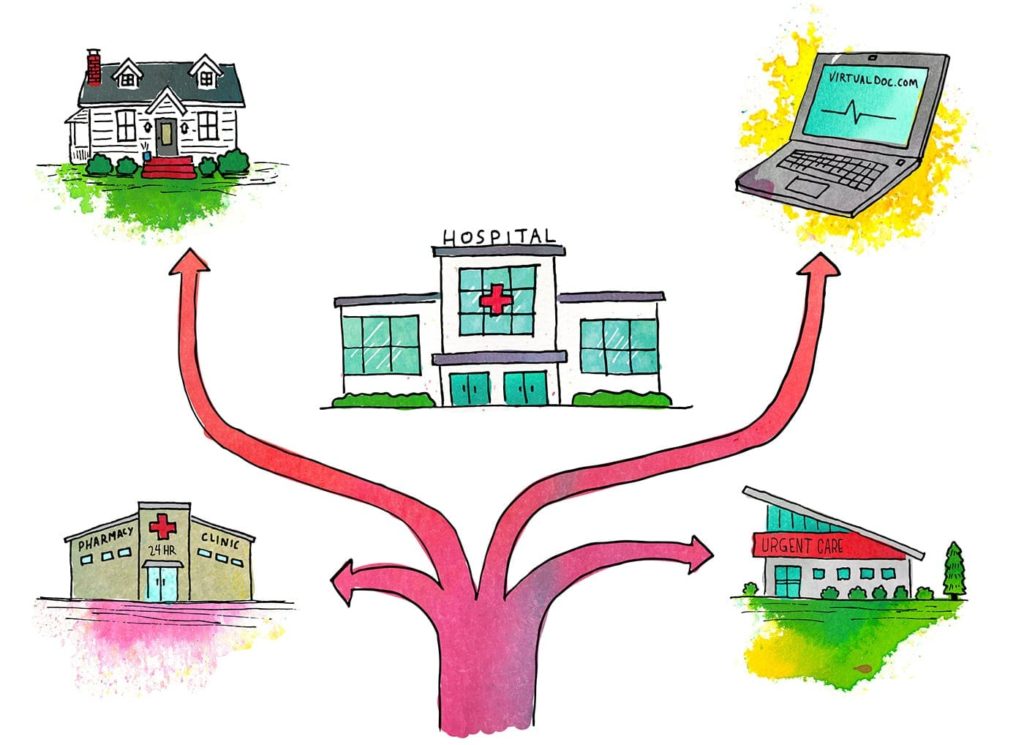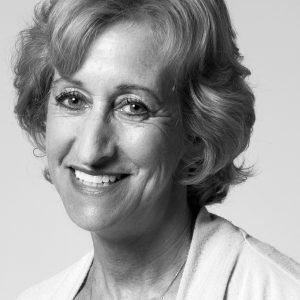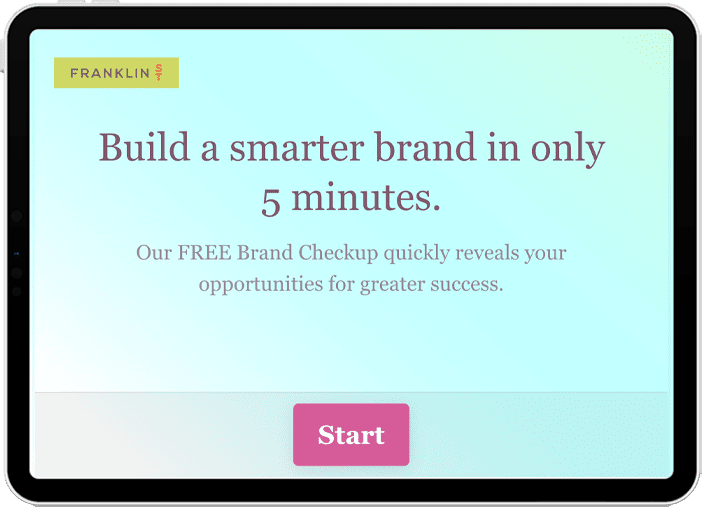The healthcare industry has long urged consumers to access the right care at the right time and the right place. The focus has been on teaching consumers when to stay in bed and rest, when to use primary care, and when to go to the emergency department. However, with the changing consumer landscape putting consumers in control, patients are creating their own ecosystems to receive the care when and where it is best for them, based on their lifestyle.
The rapid growth over the past two years in urgent care, home health, virtual medicine and 24/7 access to triage indicates consumers are starting to define the right care, place and time on their own terms.
According to a study published by JAMA in October 2018, urgent care visits among commercially insured patients have grown at 119% percent between 2008 and 2015. Annual growth continues at about 6% among commercially insured consumers.
Telehealth visits increased similarly but with much faster growth in recent years. Annual telehealth visits among the commercially insured increased by 52% annually from 2005 to 2014 but by 261% from 2015 to 2017, according to a
Today, physician offices commonly schedule appointments between 8:30 AM and 4:30 PM. Some even close for lunch. But this model may soon become obsolete.
Consumers are using their purchasing power to access care when it is convenient for them, not the physician. They are actively avoiding spending time on hold to schedule an appointment and are unwilling to wait to see a physician.

Today, the right care may mean a mother taking a child to a drug store to see a clinician at 8:00 PM when a child has an ear infection. Or a college student sending a photo of a rash to a virtual health dermatologist at midnight from his own bedroom. A counseling appointment from the comfort and privacy of home with a therapist who is 600 miles away may be preferred over an in-person appointment with a therapist five miles away.
Many health systems have added online scheduling and extended physician hours to a few days each week. But for too many healthcare providers, even adding incrementally more access is a challenge.
There are a few health systems moving full steam ahead offering robust convenient access. The Cleveland Clinic offers virtual visits, same day appointments, virtual second opinion consults and express care, open from early morning through the evening, seven days a week.
But the majority of the ultra-convenient options are being delivered by non-traditional players in health insurance, Health IT, retail and new entrants from other industries. The fact that these more-convenient options are also less expensive than traditional physician practices for consumers makes their value even higher.
The days of “Please call back during our normal business hours to schedule an appointment” may be waning. The most successful players over the next several years will be those who ask “When, where and how may we serve you?”
You likely have the best pulse on how consumers define convenient access in your markets. You may already be capturing utilization data for alternative channels. As the voice of the customer, it may be up to you to help shape tomorrow’s care delivery for your organization.
To read about each of the trends disrupting the health care industry, download the complete 2019 Health Care Marketing Trends Report.


